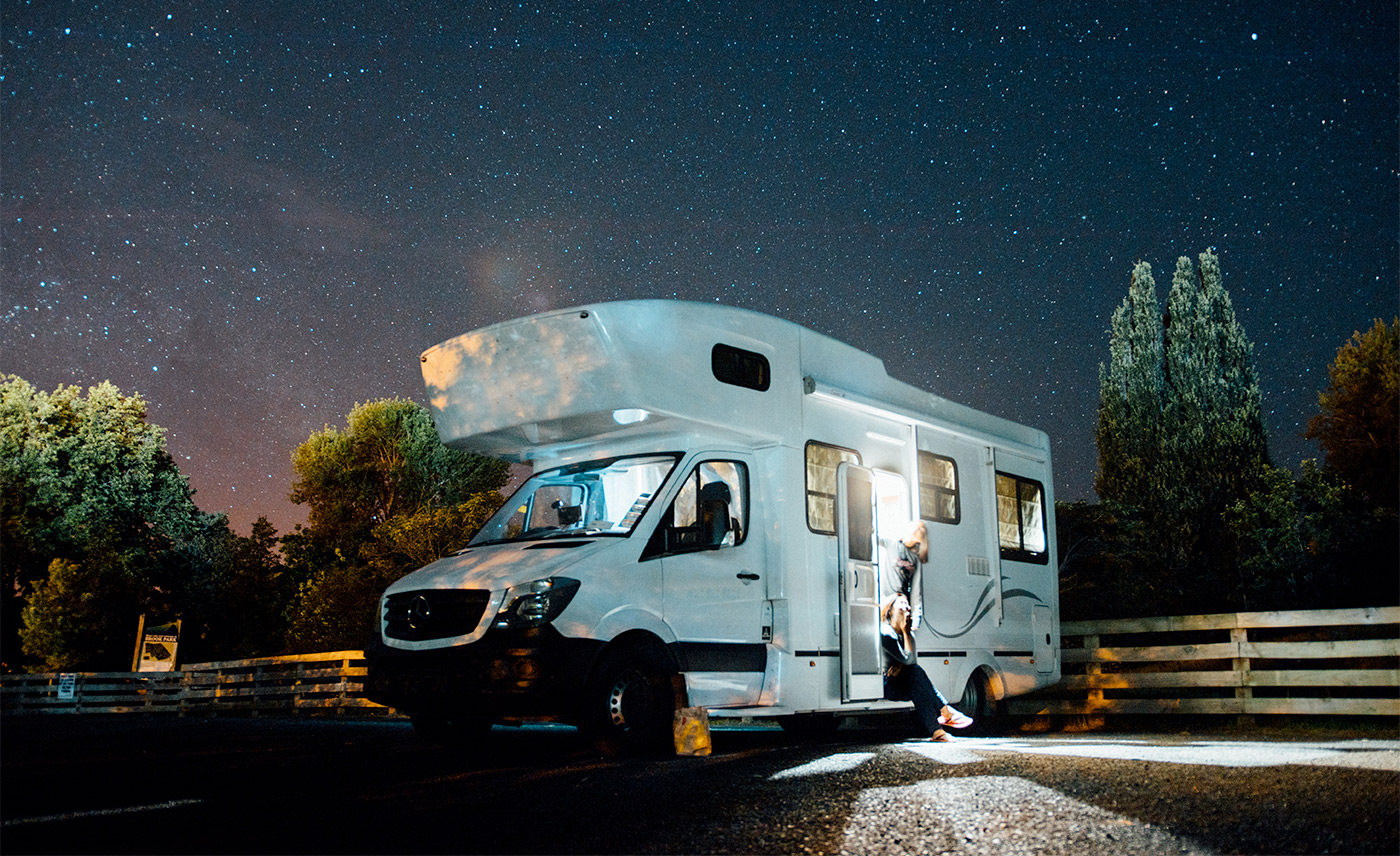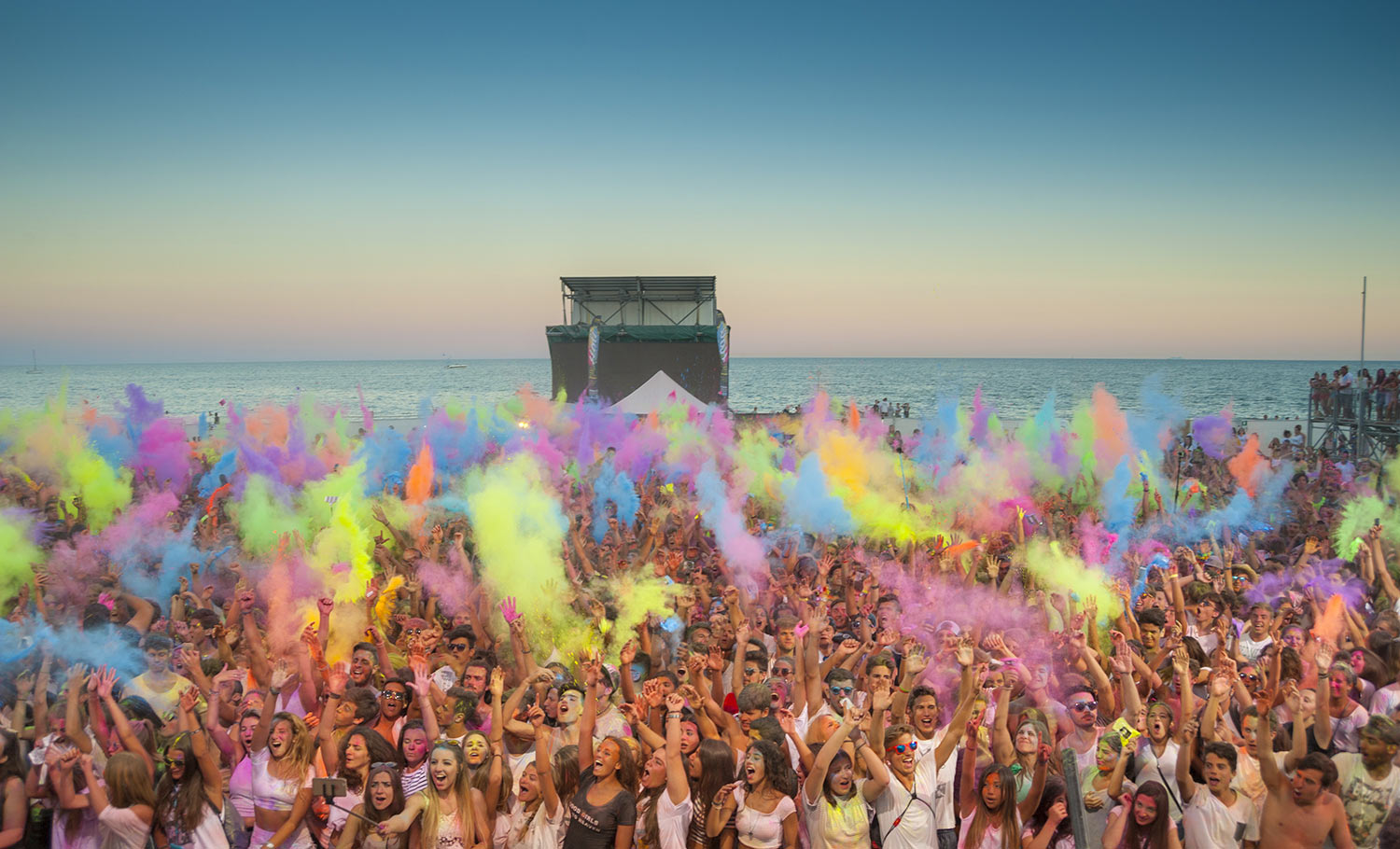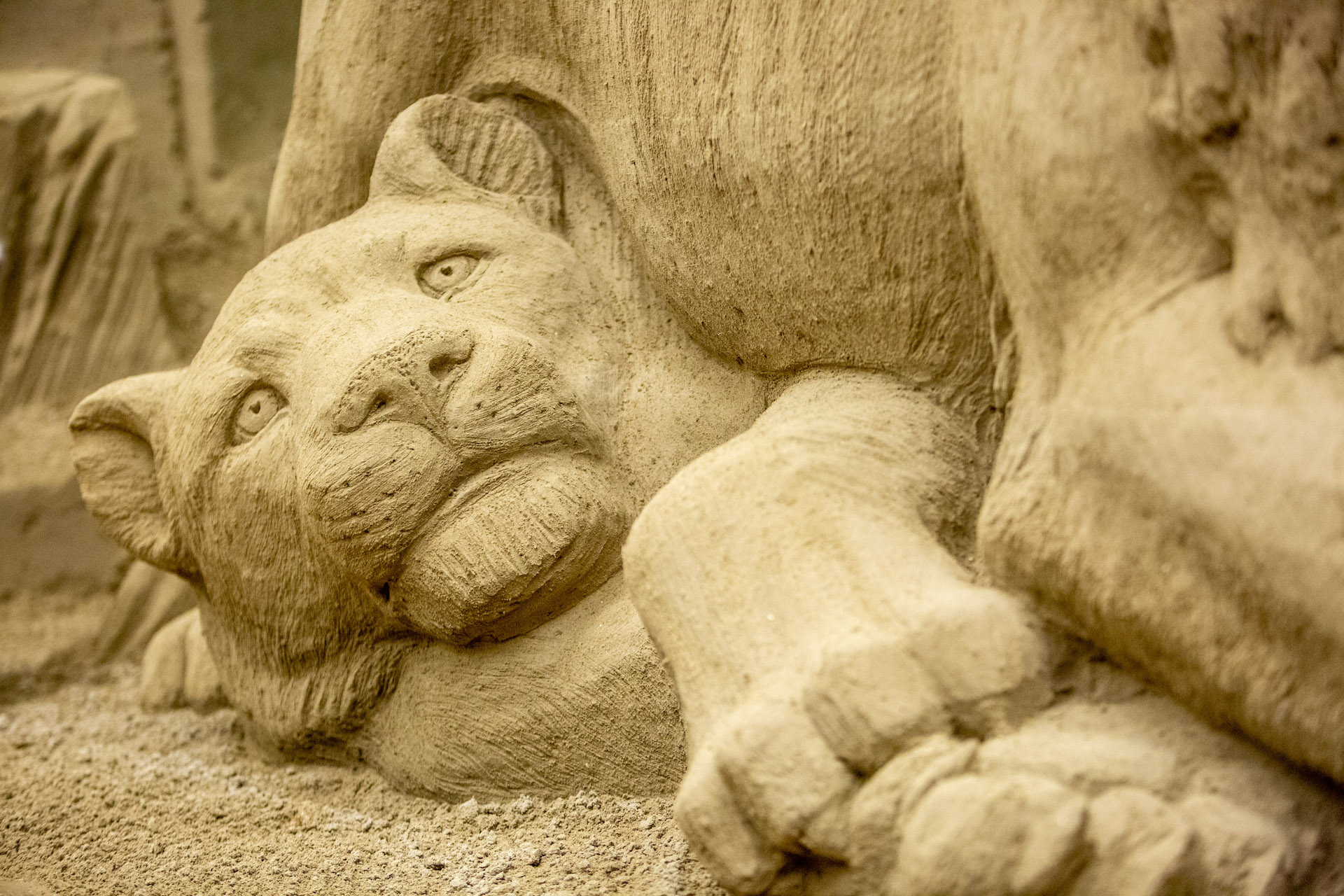No products in the cart.
THE HISTORY OF JESOLO
HOME > DISCOVER JESOLO > CULTURE & DESIGN > THE HISTORY OF JESOLO
FROM STILT HOUSES TO CAVAZUCCHERINA
The history of Jesolo traces back to ancient times, with discoveries of relics dating back to the first millennium B.C. The excavations uncovered that the area was inhabited by an Indo-European population called Proto-Venetians, who lived in stilt houses and had a distinctive and very advanced culture compared to neighbouring populations.
In Roman times, the inhabitants of the island in the Venetian Lagoon known as Jesolo were devoted mainly to fishing and breeding horses, so much so that the island was known as Equilium, the city of horses. The Paleo-Christian mosaics are important pieces of evidence of this historical period. They offer an insight into what life was like at the time and can be visited free of charge at the Info Point in Piazza Brescia, in the centre of Jesolo.
The town became ever more important after the fall of the Roman Empire. Firstly, because the islands were a safe haven, well defended by the barbarians who came down from the Alps. Secondly, because of its position within the orbit of the Venetian Republic, so important that it became the seat of one of the most important dioceses in the north-east, with the construction of the church of Santa Maria Assunta.
From the 14th century onwards, Jesolo experienced a period of decline, due to the gradual sinking of the Venetian Lagoon and the frequent floods that ravaged it, causing major problems to both production and transport. The problem was resolved in 1499 by Alvise Zucharin, with the construction of a channel to divert the course of the river Piave. This is from whom Jesolo obtained the name of “Cavazuccherina“.
Despite being in the orbit of Venice for another 300 years, Cavazuccherina also suffered in the tragedy of 1797, wherein the ‘Serenissima’ lost the independence that had been retained for more than a millennium. The Treaty of Campo Formio saw Napoleon ceding Venice to Austria. Jesolo and the surrounding area sank so deep into economic decline, also due to the landscape becoming ever more marshy.
The situation remained unchanged until 1910, the year in which reclamation work was started in the area. This was, however, interrupted by the outbreak of the First World War. The area was the scene of bloody battles against the Austrian army, in which Italian soldiers fought with whatever means they had to keep the enemy at bay. They even voluntarily flooded the area, forcing the population of Jesolo to mass evacuate.
Large-scale reclamation works began at the end of the war and lasted until 1930. This contributed greatly to the development of the area, making new types of farming possible, such as that of wheat and maize in the beginning, and fruit plants in subsequent years. The first vineyards were also planted, giving rise to production of a high quality wine, which has improved so much over the years as to receive the ‘controlled origin’ DOC classification.
Jesolo AND TOURISM
The discovery of the first hotel in the city, dating back 1700 years to Roman times, is proof of the close bond that has always existed between Jesolo and tourism. The excavations are still in progress, but for now they have brought to light a series of similar rooms, all equipped with a space in which to sleep and a basic kitchen.
Thanks to the reclamation works, during the years between the two wars the development of tourism in the area was given a great boost. The first premises for light therapy were built and so were facilities in “Lido di Treviso”, which changed name in 1928 to Lido di Jesolo, after the inhabitants strongly desired the change of name from “Cavazuccherina” to “Jesolo”.
A slow but constant growth in the thirties was interrupted by the outbreak of the Second World War. It then busily resumed in the fifties and sixties, with the construction of countless facilities throughout the Lido and in proximity of the infinite beach.
Those were the “Dolce Vita” years. Italy was in the midst of an economic boom and, with its modern facilities and that attention to guests that has always distinguished it, Jesolo became one of the most sought after seaside resorts by celebrities. Jesolo knew how to combine relaxation on the beach, with the worldliness of the long seafront walk and the glamour of nightclubs like “Le Capannine” and “Tibidabo”. A duck-shaped lifejacket became the symbol of that period, still remembered by those who lived through that era. A new design has been reintroduced for 2020.
Today, Jesolo is no longer a destination just for celebrities, but offers a complete and varied range of fun and relaxation, appreciated every year by more than 5 million people, hosted in the nearly 400 hotels and 12,000 apartments in the area. The association with film, entertainment and sports stars has not changed, and every year many of them decide to spend their free time relaxing on the beaches of Jesolo.
As a gesture of thanks for the great admiration received from these stars, from 2001 onwards some sections of the seaside promenade have been dedicated to them. World-famous celebrities who have developed a special bond with Jesolo over the years: Alberto Sordi, Andrea Bocelli, Carla Fracci, Mike Bongiorno, Lino Banfi, Sophia Loren, Umberto Veronesi, Alessandro Del Piero and Bebe Vio are just some of the celebrities who have chosen the “Sand City” as a relaxing and fun destination.
THE HISTORY OF Jesolo
To rediscover and deepen the history and origins of Equilium, since the 1960s the Municipality of Jesolo has promoted various excavation activities at the Antiche mura (Ancient Walls). However, the most important results were obtained from 2011 to today, when research received a new impulse and a project was launched in collaboration with the Ca’ Foscari University of Venice and the Superintendence of Archaeology, Fine Arts and Landscape for the Municipality of Venice and the Lagoon.
This important work and great partnership were then summarized in the creation of an online portal, Jesolo History, where citizens, visitors and enthusiasts can find information and video-explanations on the history of Jesolo, like this one, on the city’s mosaics.
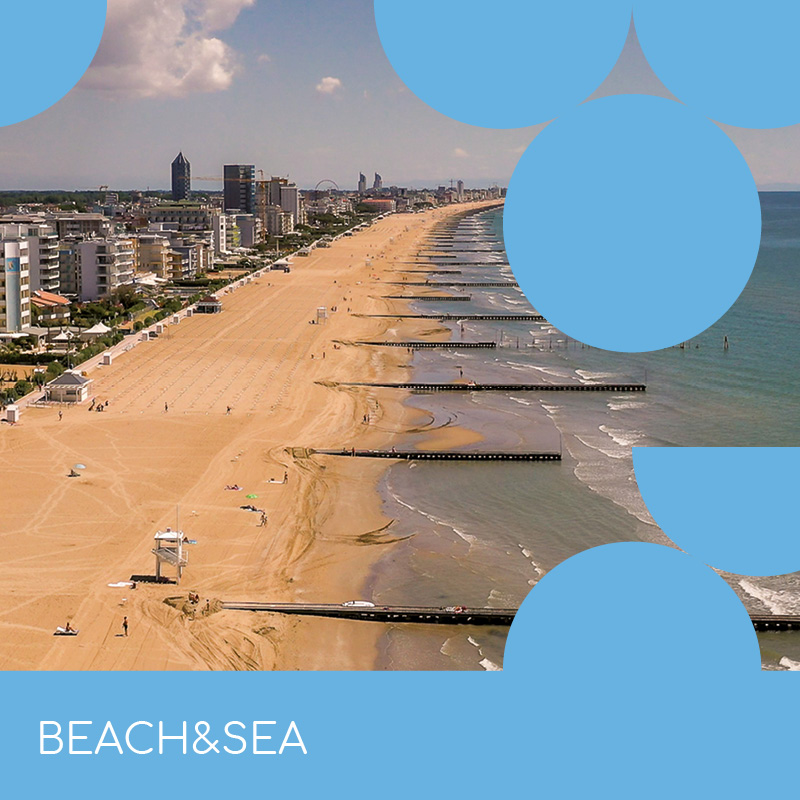
With your family, partner or friends, the beach of Jesolo will welcome you!
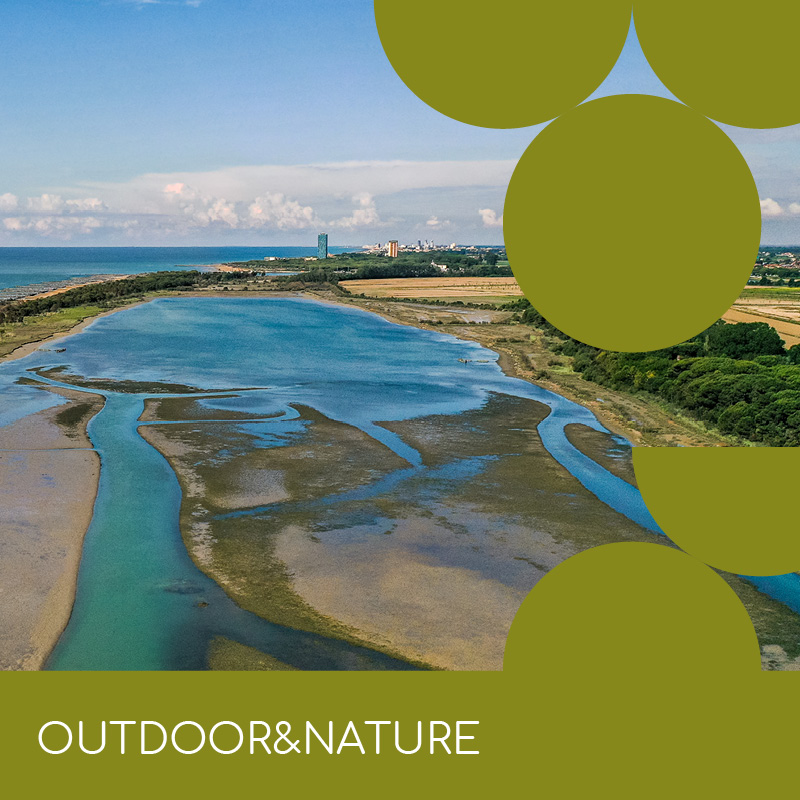
An unparalled landscape made of water and land, to explore by walk or bike.

At any time and for every ages, the City Beach offers you a world of fun and opportunities.
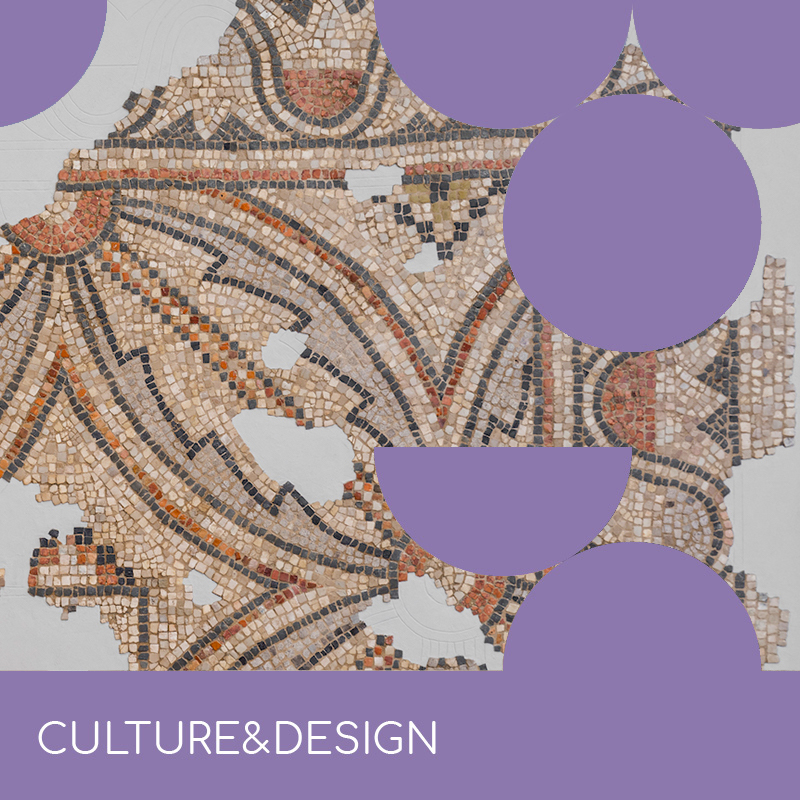
History and culture, architecture and design, blend together between the sea and the lagoon.

The meeting between lagoon, sea, land and rivers makes a unique and amazing cooking.

Walk around the city and discover the sparkling shop windows of the longest shopping street of Europe.

Organise your dream wedding!

Dynamism, energy, strenght: here’s the city of sports and events.











